Kodak’s original brochure for the Medalist II describes it as a “compact, integrated assembly”. They’re so wrong. It’s a magnificent beast.
The celebrated industrial designer Walter Dorwin Teague designed the Medalist for Kodak, who introduced it in 1941. It followed more than a decade of his exquisite Art Deco designs, mostly for consumer-level cameras. Box brownies with intricate geometric shapes were a speciality. When the USA entered WWII and wanted rugged medium format cameras for the military, buying German or Japanese wasn’t an option. Hence the original Medalist I, with its massive exposed focusing helicoid instead of a flimsy folding bellows, was chosen to go to war.
You get eight 6x9cm frames from each roll of thin-spooled 620 film. It’s an odd choice of roll format, when 120 would have added little or nothing to the overall size of the camera. Some people have done that as a conversion, but I’ve stuck with 620 because for infrequent use it’s not all that much of a faff to re-spool a roll of 120. The header picture shows my rudimentary 120-to-620 re-spooler. I need to make a better one.
The aluminium helicoid (painted black on the original version) may be stronger than a leather bellows but it’s still vulnerable to impact damage and dirt. Don’t even think about taking it to the beach. The thread has to run without lubrication so it’s a bit graunchy, even without any sand in it. The camera’s party trick is to keep turning the focus back beyond infinity — way, way beyond so the lens collapses into the body almost completely. It seems useful, right up to the point where you miss a candid shot because it takes so long to wind it back out again.
The coupled rangefinder is nice to use. It’s a separate split-image magnified view of the middle of the frame, visible at the bottom of the combined viewfinder / rangefinder. You also get a focus distance indication in a dial on the top plate.
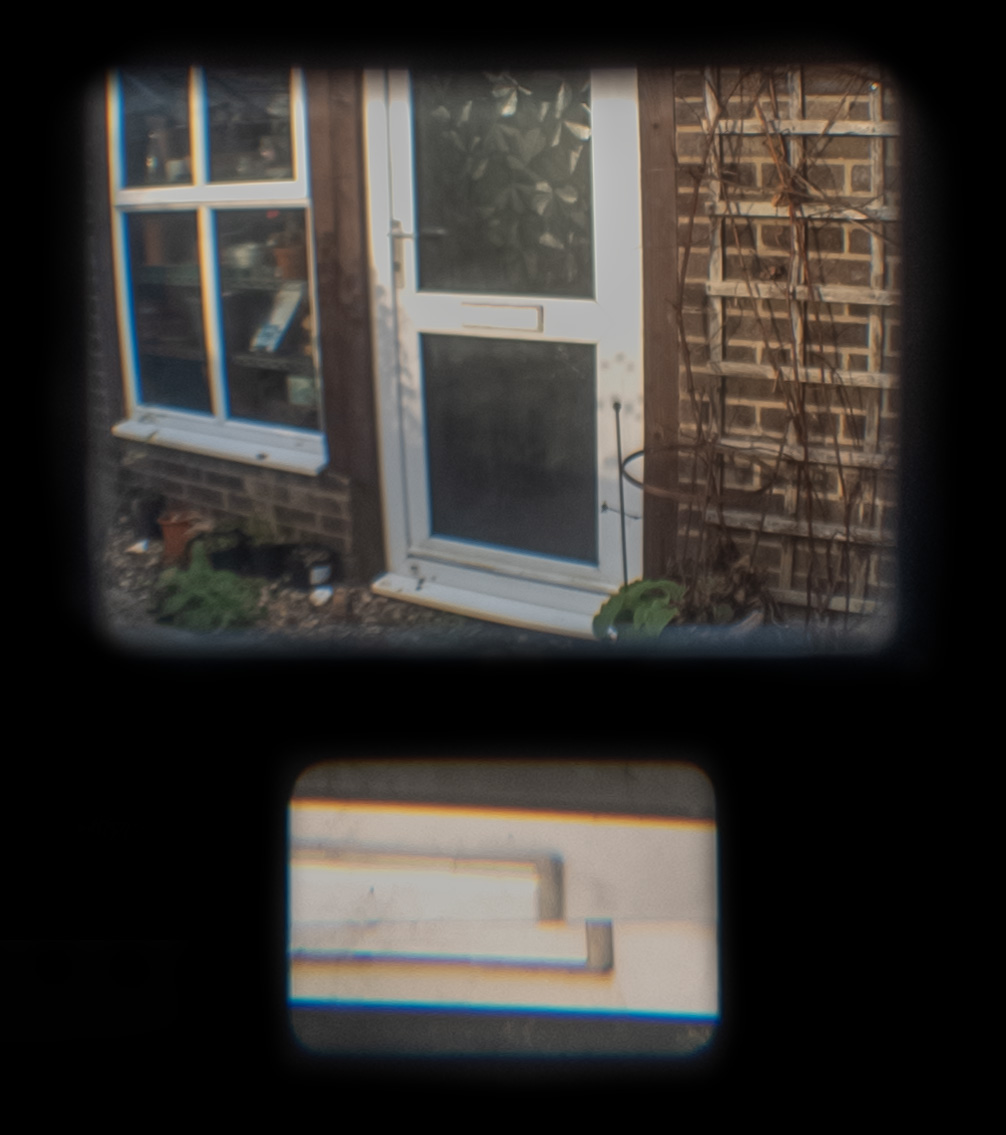
The winding mechanism is designed to transport the film along by one frame (cocking the shutter as it goes) and then stop. For all my efforts I couldn’t get that to work reliably and it would occasionally skip a frame. Now I just leave the frame counter on zero to disable it, wind manually using the red window, and cock the shutter manually using the (rather stiff) lever under the viewfinder.
For all his design experience, Teague managed to come up with a shape that’s almost impossible to grip. The front of each side of the body is angled backwards, much like an Exacta SLR, so there’s nothing to get hold of. You can try to grip it top-to-bottom with your right hand while you focus with your left hand, but it’s awkward and never feels secure. In the end I was compelled to make a separate left-hand grip out of a Stitz flash bracket and a piece of 4mm aluminium plate. As well as screwing into both (!) tripod threads on the base, it also hooks into the left-hand strap loop, making it feel pretty solid. It transforms the usability of the camera, because now you can hold it one-handed without even thinking about it. There’s still a tripod thread available, cut into the new base plate between the camera and the grip.
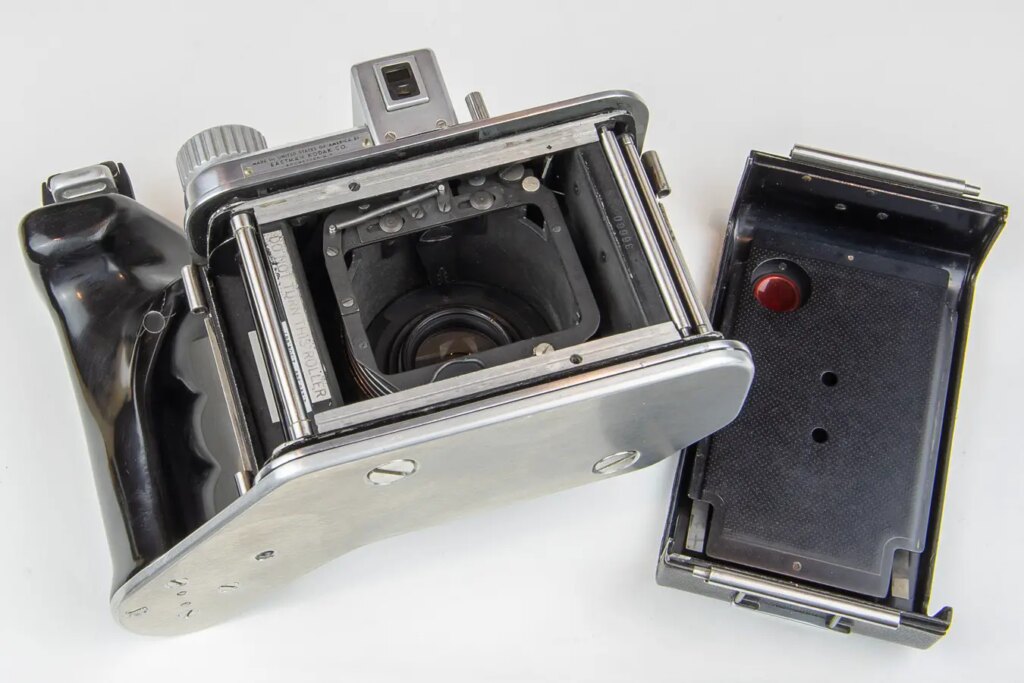
Mine is a post-war Medalist II, which drops the separate coarse and fine focus controls in favour of a finer pitch on the main helicoid. It still has the same five-element Ektar 100mm f3.5 lens, but now with more coatings. It’s an excellent piece of glass, renowned for its sharpness. Couple that with a camera giving you 3:2 ratio images with six times the surface area of ‘full-frame’ 35mm film, and you have a recipe for capturing unbelievable levels of detail.
The pictures below are from a trip to a boatyard at St Olaves in Norfolk, followed by an early-morning walk around the UEA campus in Norwich. A lens of this class dictates a quality of film to match, so I went with its namesake Ektar 100. Enjoy. I certainly did.
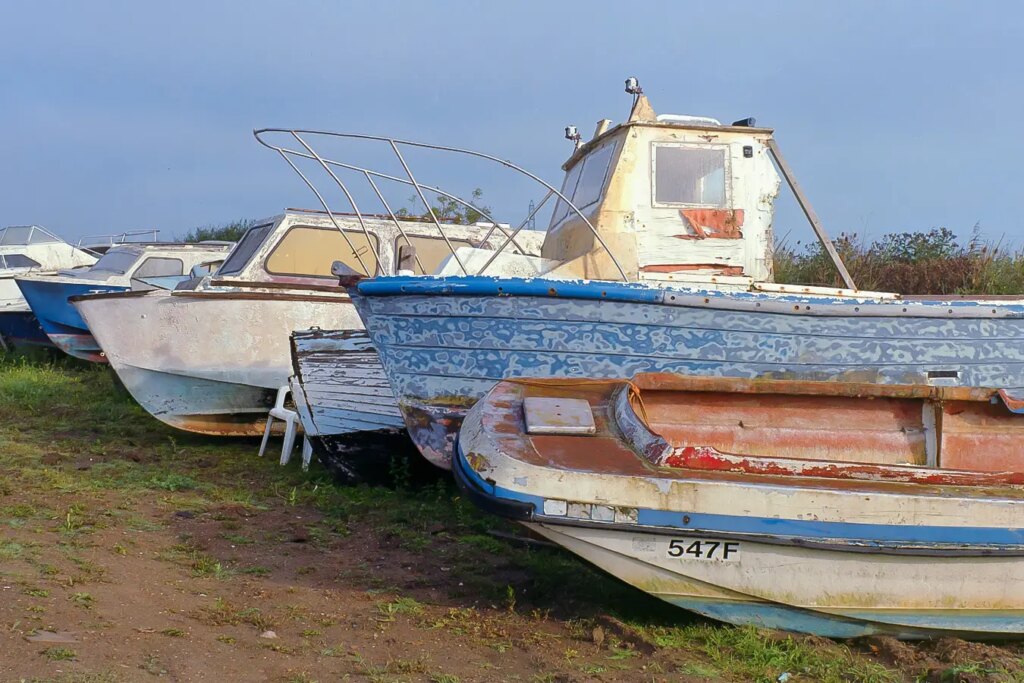
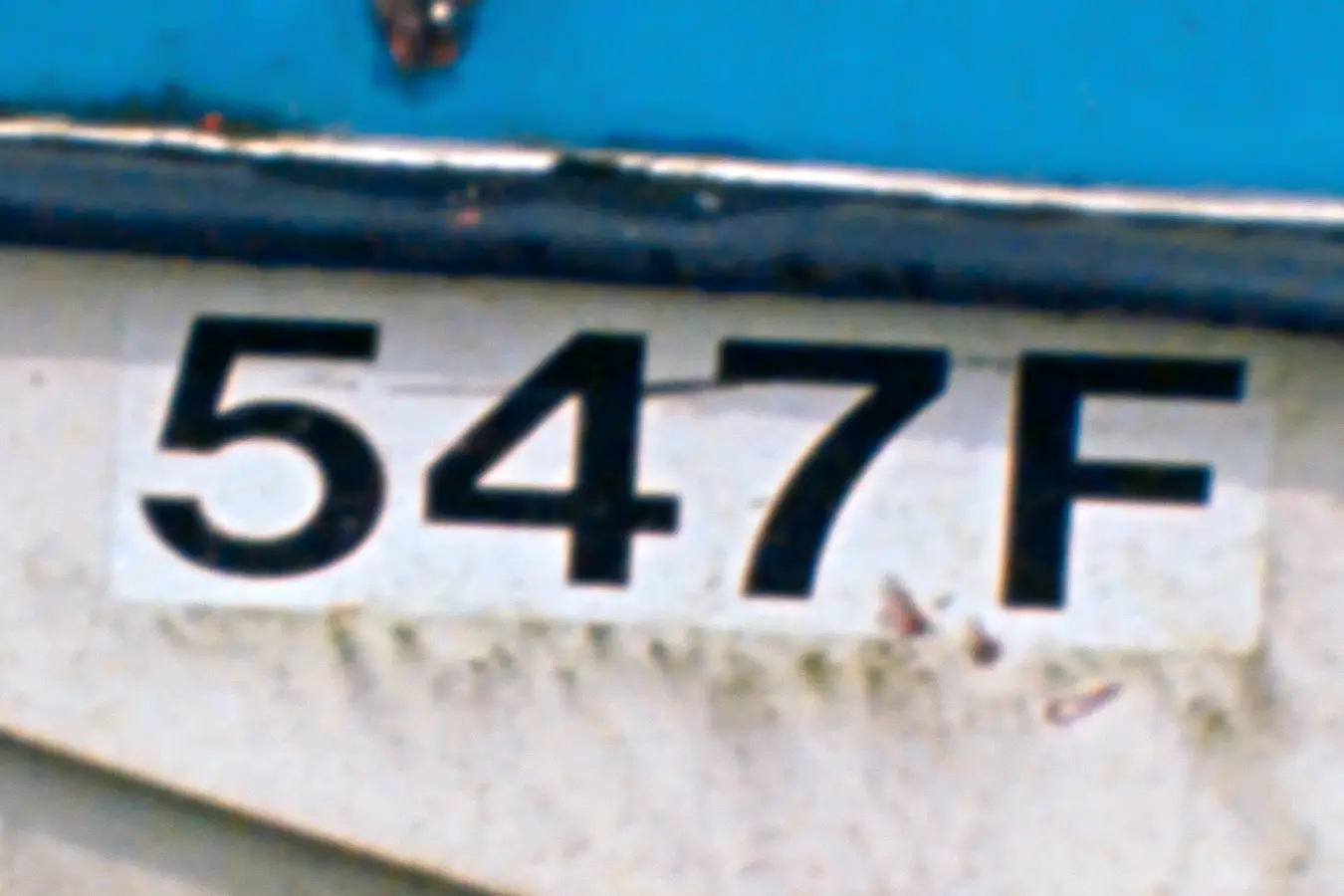
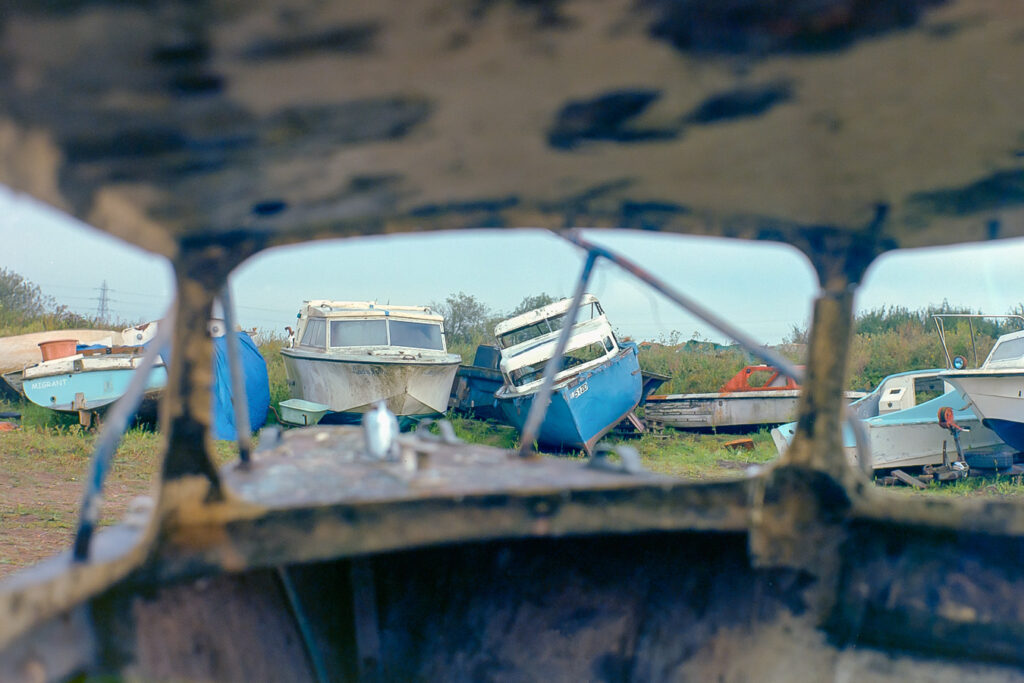



Share this post:
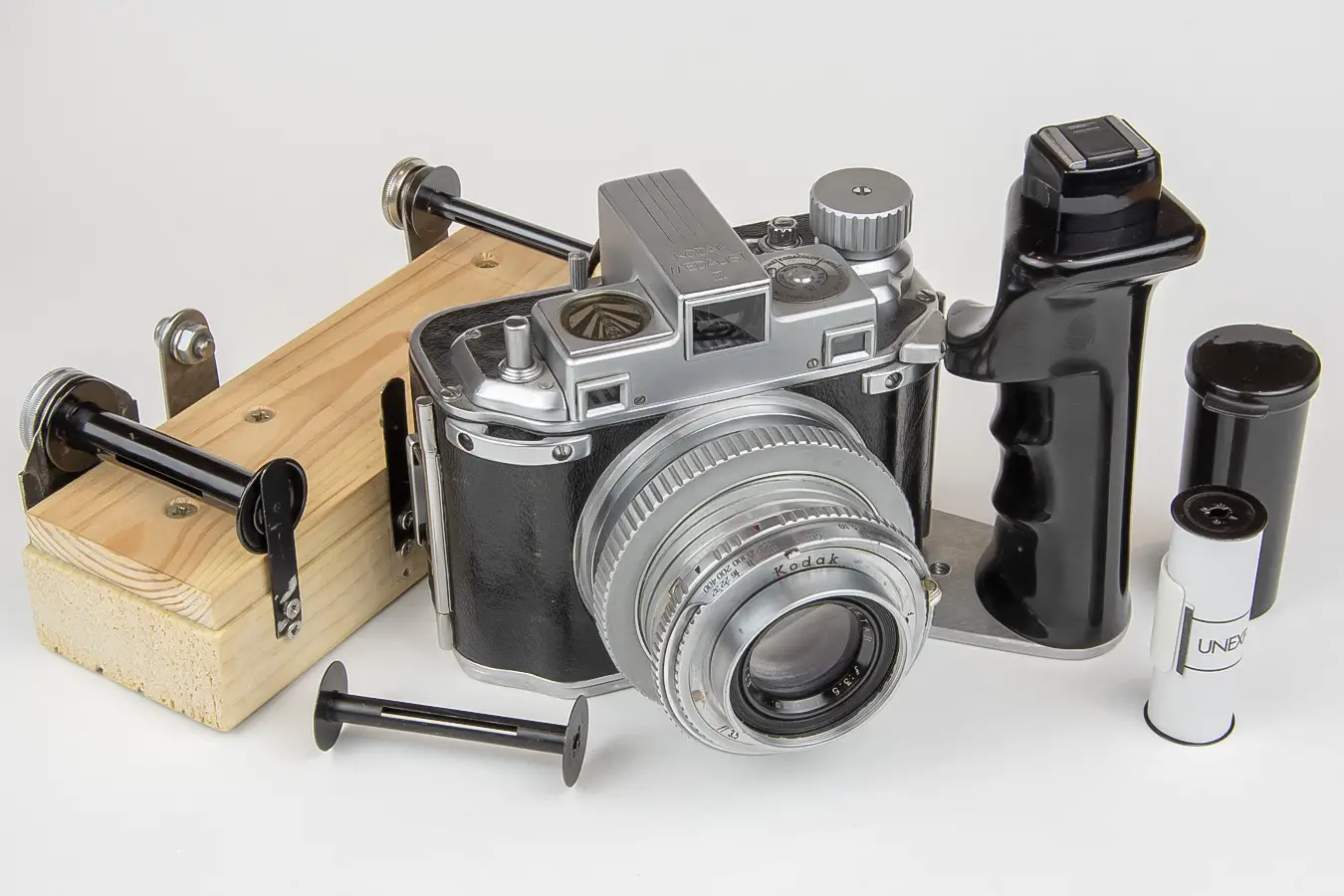
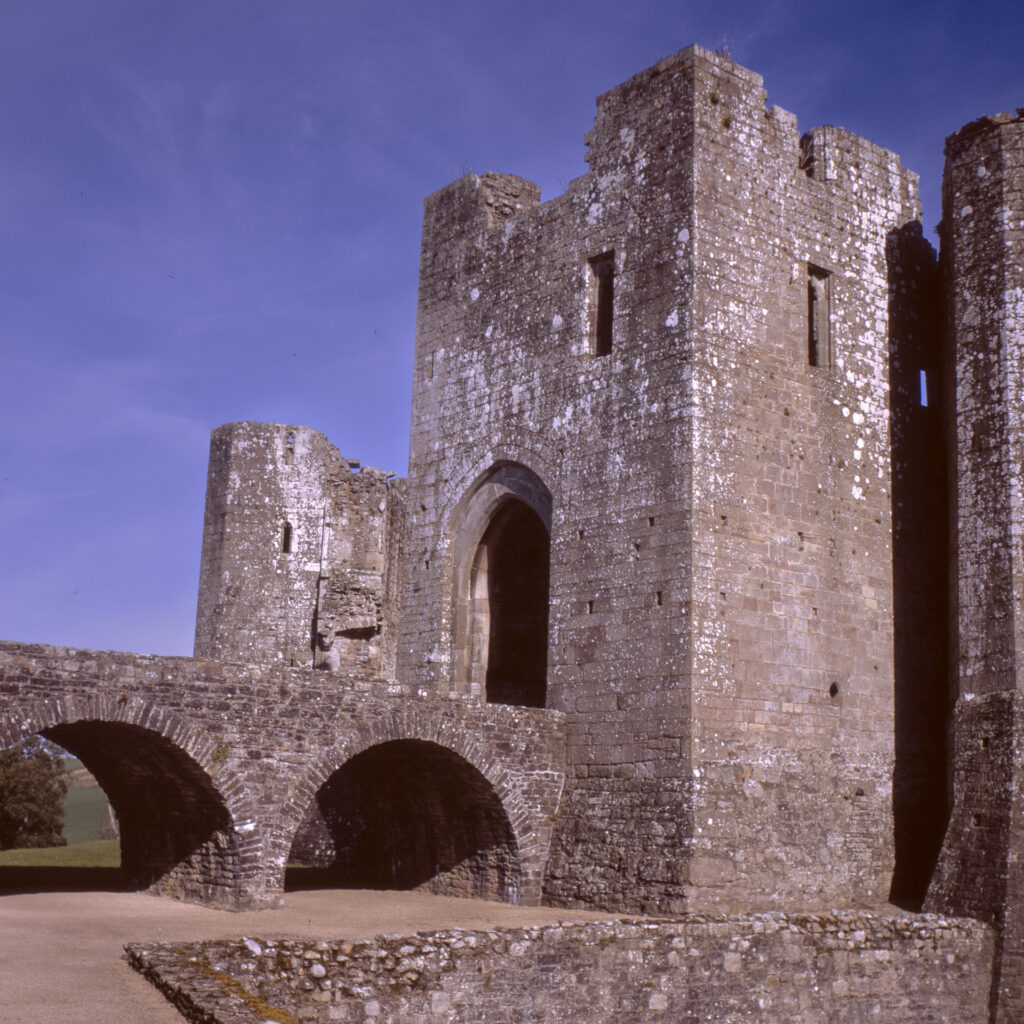
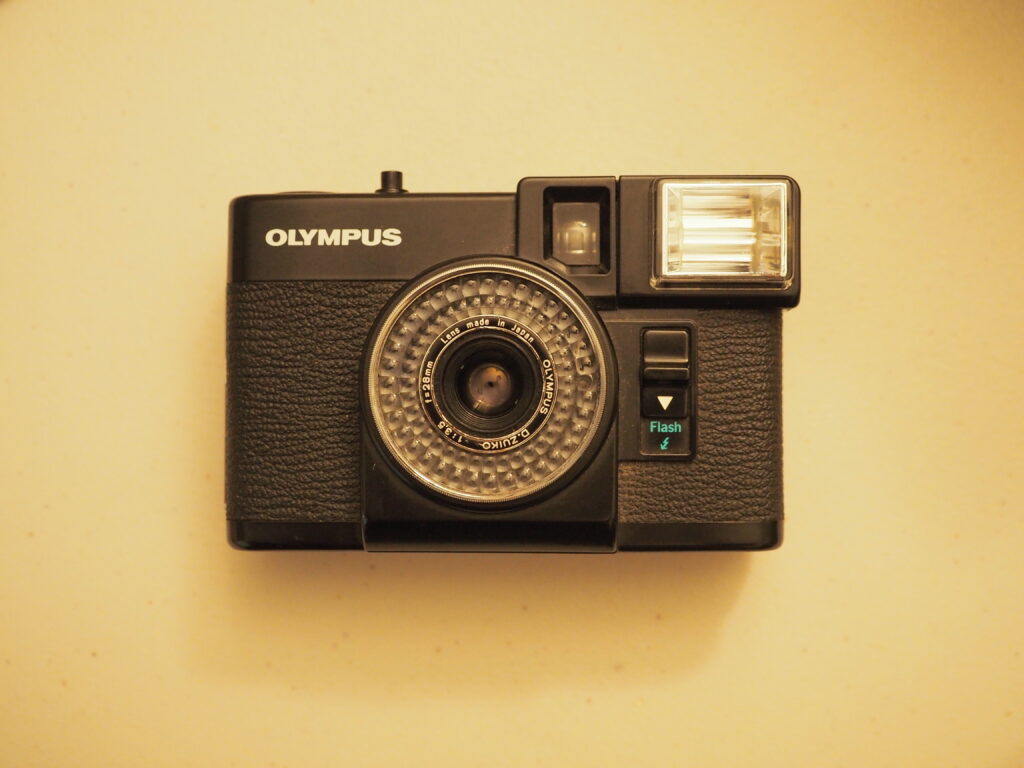

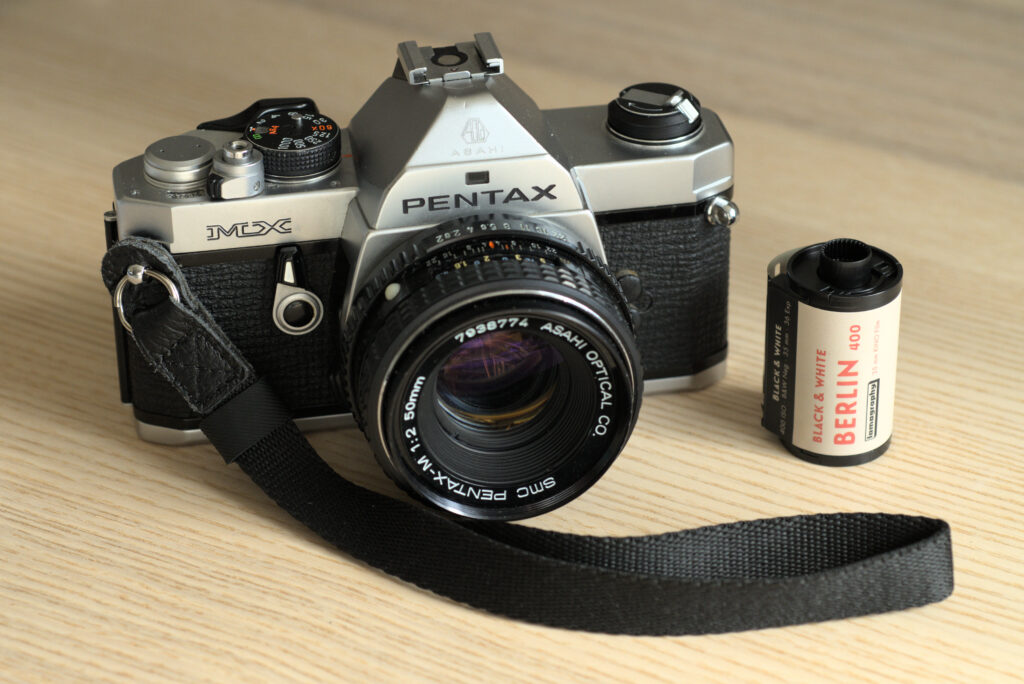




Comments
Ibraar Hussain on 5 Frames with a Kodak Medalist II and Ektar 100
Comment posted: 04/02/2024
Amazing looking camera and very very interesting !
Really enjoyed the photography and the resolving power is very high!!
Cheers
Comment posted: 04/02/2024
jim witherspoon on 5 Frames with a Kodak Medalist II and Ektar 100
Comment posted: 04/02/2024
Comment posted: 04/02/2024
Murray Leshner on 5 Frames with a Kodak Medalist II and Ektar 100
Comment posted: 04/02/2024
I like the Stitz holder repurposing . I think I have one somewhere (if I can find it....).
Comment posted: 04/02/2024
James on 5 Frames with a Kodak Medalist II and Ektar 100
Comment posted: 04/02/2024
Comment posted: 04/02/2024
Lance Rowley on 5 Frames with a Kodak Medalist II and Ektar 100
Comment posted: 04/02/2024
Comment posted: 04/02/2024
mike on 5 Frames with a Kodak Medalist II and Ektar 100
Comment posted: 05/02/2024
Comment posted: 05/02/2024
Greg Hammond on 5 Frames with a Kodak Medalist II and Ektar 100
Comment posted: 05/02/2024
Comment posted: 05/02/2024
Zheng Li on 5 Frames with a Kodak Medalist II and Ektar 100
Comment posted: 05/02/2024
The Ektar lens is really the star here, and the separate rangefinder makes precise focusing possible even when wide open. The winding/shutter tension mechanism could be improved, but overall the Medalist represents the pinnacle of American camera industry.
Comment posted: 05/02/2024
Jeffrey Rice on 5 Frames with a Kodak Medalist II and Ektar 100
Comment posted: 06/02/2024
Comment posted: 06/02/2024
Rekayasa Perangkat Lunak Aplikasi on 5 Frames with a Kodak Medalist II and Ektar 100
Comment posted: 15/02/2024
Comment posted: 15/02/2024
murray leshner on 5 Frames with a Kodak Medalist II and Ektar 100
Comment posted: 15/03/2024
Medalist II #2 is with another service person who performs conversions. I had commenced conversion of the 120 'loading' side, with the 'takeup' side remaining 620 because that side is MUCH more complex to convert. I had attempted it based on a telephone conversation with someone who performed the conversion for a fee, and a blurry photo from someone else who had done their own work. The expert answered all my questions, but I apparently did not ask enough, or the right questions. It worked, but the backing paper would sometimes bind and tear (especially when I insisted on trying 220 film (longer, with backing paper only at the start and end of the roll). It remains to be seen whether it will cost me more having attempted the work myself, to finish the 120 feed side. He will quote me various options in addition to his CLA service, like finish the 120 feed conversion, and complete full-120 (both sides) conversion.
A while back someone asked if anyone else (camera manufacturers) had used 620.
Agfa apparently sold 620 film. I don't know if any of their cameras did. I bought some 620 spools many years ago from another person online, and they came inside unopened rolls of foil-wrapped Agfa film. I thought I had nothing to lose...why throw out that film just to get to the empty spool?
The results were actually fun...other than the roll cracking into two lengths about halfway thru the roll due to strange aging effects. I took the camera to a local lab to extricate the two half rolls & develop them. It was very curly.
I told the person I bought the not-yet-empty spools from and he was shocked. He said he never intended for me to USE it...he was just too lazy to remove the film & paper it to send me the empty spools. Back then there was no reason to save the backing paper for reuse...you could get all the 120 paper and empty spools you could carry from a lab in those days. Not so now.
Comment posted: 15/03/2024
Comment posted: 15/03/2024
Comment posted: 15/03/2024